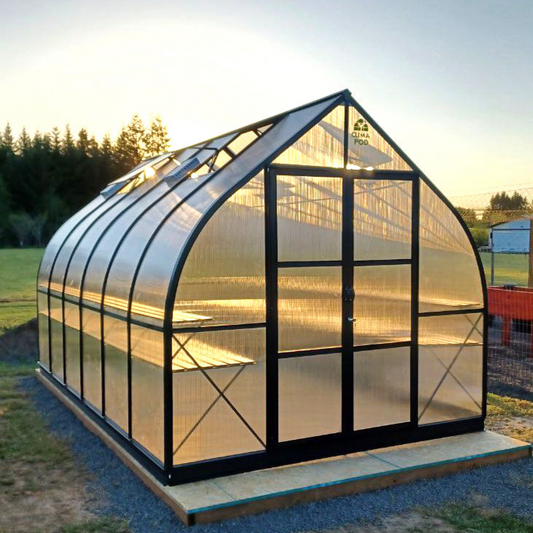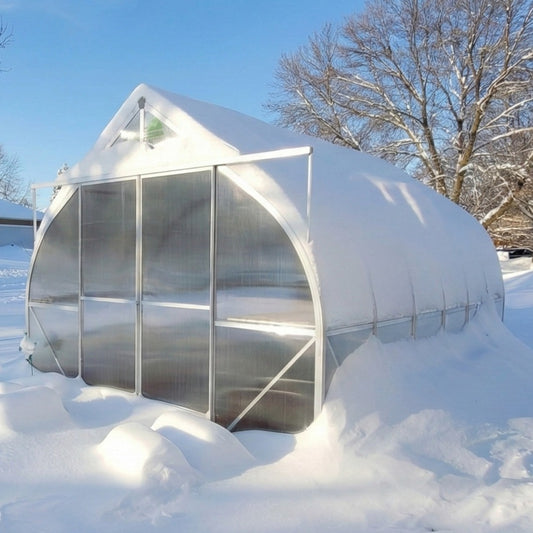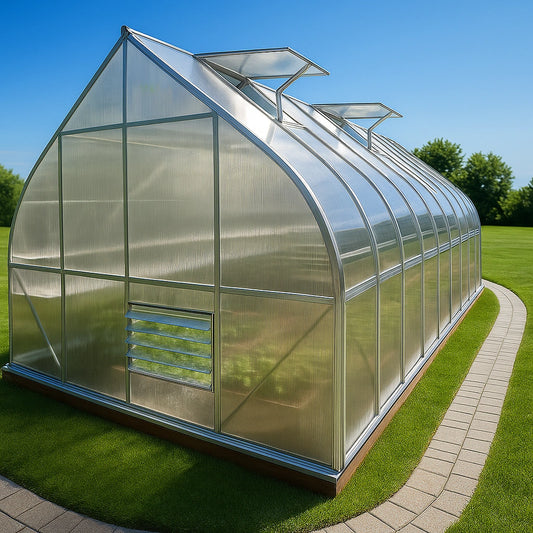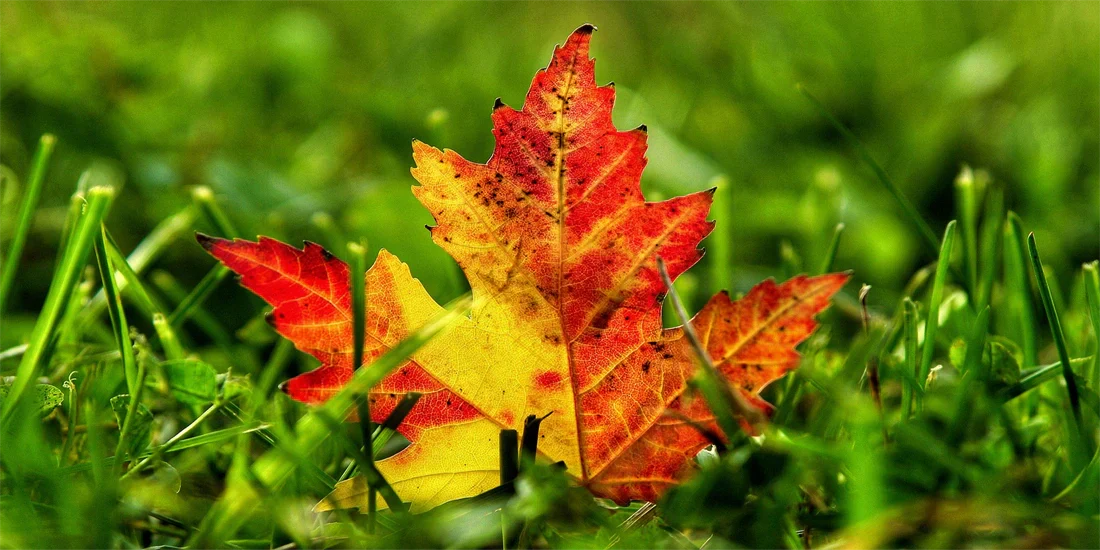
September Garden Checklist: Tasks for a Thriving Fall Garden
Early fall is a transitional time in the garden: summer crops are winding down, and cooler temperatures signal it's time to prep for winter and spring. For greenhouse growers and home gardeners across North America, September is packed with opportunities to plant, prune, clean, and plan. Here’s your essential September guide to help your garden thrive well into next season.
Table of Contents
- Planting Fall Flowers & Bulbs
- Caring for Roses & Clematis
- Planting Trees and Shrubs
- Caring for Dahlias in September
- Fall Cleanup & Deadheading
- Perennials & Biennials Care
- Soil Preparation
- Container Plants
- Lawn Care
- Pond Maintenance
- Garden Decor Prep
Planting Fall Flowers & Bulbs
September is ideal for planting hardy perennials and spring-flowering bulbs. In USDA Zones 4–8, get daffodils and crocuses into the ground early in the month. Tulips can wait until later in the month or even October, depending on your zone. Bulbs should be planted at a depth of 2–3 times their height, spaced 4–6 inches apart. Soak them in a fungicide solution if desired for added protection.
Divide established perennials like peonies and phlox, or purchase new ones while garden centers offer fall discounts. Ensure adequate watering after transplanting to help roots establish before frost.
Caring for Roses & Clematis
September is a great time to plant clematis (ideally in the first half of the month) and a last chance to establish new roses before winter. Prepare planting holes early, provide trellises for support, and water deeply after planting.

For existing roses: deadhead spent blooms down to the first 5-leaflet leaf, remove wild rootstock shoots, and mound soil 6 inches high around the base by month’s end to protect against frost.
Planting Trees and Shrubs
Early fall is excellent for planting evergreens like pines, spruces, junipers, and arborvitae. Deciduous trees like dogwood and serviceberry can also be planted now. Be sure to keep the root zone moist and mulch to retain warmth. For bare-root trees, soak roots for several hours before planting.
Caring for Dahlias in September

As early fall sets in, dahlias often take center stage in the garden with their lush, vibrant blooms. While they continue to dazzle, they also require a bit of extra care this time of year to extend their flowering season and ensure healthy tubers for next year’s growth.
In USDA Zones 7 and below, dahlias are typically treated as tender perennials. That means their tubers must be dug up and stored before hard frost hits. In warmer zones (8–10), gardeners may be able to leave them in the ground over winter, provided soil drainage is good and mulch protection is added.
Tips for September Dahlia Care
- Support heavy blooms: Dahlias tend to produce large, heavy flowers in fall. Use stakes, cages, or garden ties to prevent stems from breaking under the weight.
- Deadhead regularly: Remove spent blooms down to the nearest leaf junction to encourage continued flowering into October and even early November in milder areas.
- Hill the base: In late September, mound soil around the base of each plant to about 6 inches high. This protects the crown from early frost and helps tubers mature more fully.
- Monitor for mildew: Cooler, damp conditions can increase powdery mildew. Space plants for airflow and remove infected leaves promptly.
Hilling dahlias is especially important in cold-prone regions where early frosts can arrive unexpectedly. Even if blooms continue into October, the main goal becomes helping the tubers harden off. After the first killing frost, cut the stems back and dig up the tubers for storage, labeling each variety if you grow multiple types.
Fall Cleanup & Deadheading
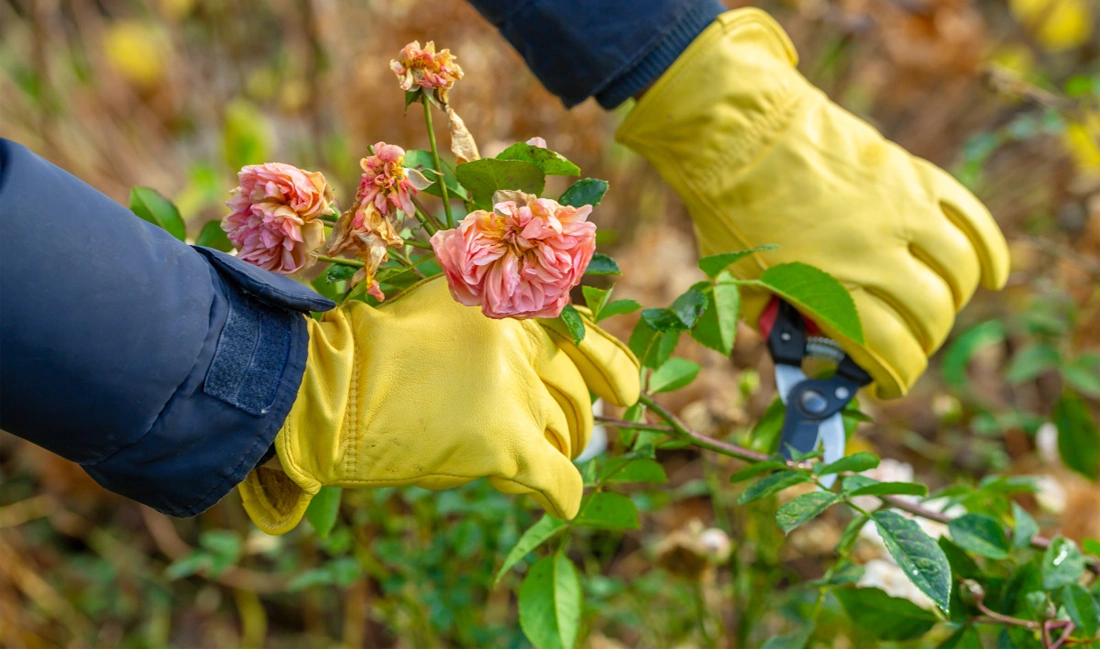
Keep flower beds tidy by removing faded blooms from dahlias, gladiolus, and annuals like marigolds and cosmos. This encourages ongoing bloom and reduces disease risk. Grasses can be left uncut for winter interest, but if you're concerned about self-seeding, trim flowering heads before they scatter.
Perennials & Biennials Care
Prune back spent flower stems of delphiniums, peonies, and poppies. Weed and loosen soil in perennial beds, applying fresh mulch if needed. Remove dry leaves and debris promptly to prevent pests and fungal issues. Prepare spring-blooming biennials like pansies, foxgloves, and forget-me-nots by mulching with dry peat and watering if the weather stays warm and dry.
September Soil Preparation
Free up garden beds by removing summer annuals and weeds. Loosen soil, remove stones and root clumps, and enrich with compost or fertilizer based on next year’s crop plan. Early preparation reduces the spring workload and improves soil structure over winter.
Container Plants in September

Swap out tired summer blooms for fall stars like ornamental cabbage, asters, or ivy. Reduce watering for dormant or slowing plants, and stop feeding perennials that overwinter indoors. Monitor soil moisture closely and avoid leaving water in saucers. Prepare covers like fleece or burlap for sudden cold snaps later in the season.
Lawn Care
Continue mowing to a height of 2–3 inches, adjusting for weather. Apply fall lawn fertilizer to strengthen turf and repair bare patches with seed or sod. Remove thatch and consider core aeration if needed. A strong lawn in fall means fewer weeds in spring.
Pond Maintenance
Relocate small container ponds to sunny spots. For larger water features, remove fallen leaves promptly to prevent rot and algae buildup. Skim regularly or use netting as trees begin to shed more heavily.
Garden Decor Prep

Clean and store delicate garden statues and non-weatherproof decor before the rains come. Wipe down benches and seal wood surfaces with protective oil. Raise furniture legs on pavers to avoid ground contact and moisture damage.
Conclusion
September is a rewarding month for hands-on gardeners. It’s a time to clean up, plant new life, and prepare your landscape for the changing season. From bulb planting to lawn repair, your efforts this month will ensure a vibrant, resilient garden next year.





